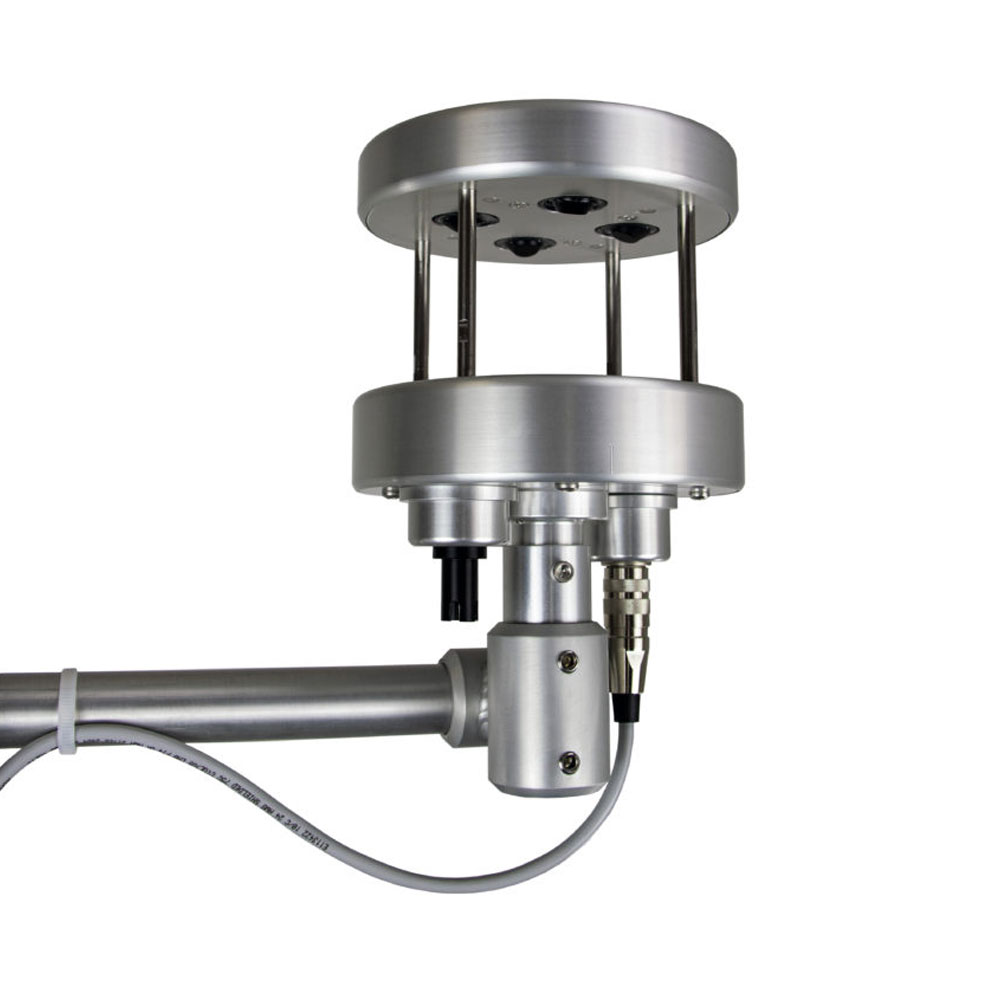Anemometers Unveiled: Recognizing Their Significance in Ecological Tracking and Precaution
The role of anemometers in ecological surveillance and safety actions is frequently undervalued, yet their significance is indisputable. From weather forecasting to aviation safety and security, anemometers play a crucial role in providing precise data that notifies decision-making procedures and boosts total safety.
History of Anemometers
The evolution of anemometers can be traced back to the old human beings where fundamental wind determining devices were initial utilized. These early wind dimension devices laid the foundation for the growth of much more advanced anemometers with time. Among the earliest well-known anemometers was the hemispherical mug anemometer designed by Leon Battista Alberti in the 15th century. This layout contained four hemispherical cups that collected wind energy, providing a measurement of its intensity based upon the rate of rotation.
In the 18th century, the popular scientist John Thomas Romney Robinson introduced the Robinson anemometer, which featured four hemispherical cups placed on horizontal arms that prolonged from a central axis. This design came to be a standard in meteorological measurements due to its accuracy and reliability. For many years, improvements in innovation led to the growth of even more contemporary anemometers, including ultrasonic anemometers and laser Doppler anemometers, supplying boosted accuracy and performance in measuring wind speed and direction. The background of anemometers showcases an impressive journey of technology and progress in the area of meteorology.
Sorts Of Anemometers
Throughout the area of meteorology, numerous kinds of anemometers have actually been created to precisely measure wind rate and instructions. One of the most common type is the mug anemometer, which contains three or four mugs placed on straight arms that turn with the wind. As the mugs spin, the speed at which they turn is straight proportional to the wind rate. An additional commonly used type is the vane anemometer, which features a tail or fin that aligns itself with the wind instructions. This placement enables the tool to identify the wind instructions. Sonic anemometers utilize ultrasonic signals to measure wind rate and direction properly. They are frequently used in research applications as a result of their high accuracy. Hot-wire anemometers operate based upon the principle that the cooling impact of wind on a warmed cord is symmetrical to the wind speed. These anemometers appropriate for gauging reduced wind speeds with high accuracy. Each kind of anemometer has its strengths and is chosen based on the particular needs of the monitoring job handy.
Applications in Meteorology
Having actually talked about the numerous sorts of anemometers made use of in meteorology for measuring wind rate and instructions, it is vital to explore their practical applications in the area. Anemometers play a critical function in meteorology by supplying accurate and real-time information on wind problems (anemometer). Meteorologists make look here use of anemometers to keep track of wind rate and instructions to forecast weather condition patterns, concern cautions for severe weather occasions like typhoons, tornadoes, and tornados, and evaluate atmospheric problems for air travel security
In weather forecasting, anemometers assist in comprehending local and local wind patterns, which are essential for forecasting weather changes and determining climatic fads. These devices are additionally used in research to research microclimates, urban warmth islands, and air contamination diffusion. Furthermore, anemometers are view publisher site used in agriculture to optimize plant administration techniques, such as watering and chemical application, based upon wind conditions.
Relevance in Air Travel Security
An essential facet of ensuring aviation safety exists in the careful surveillance of wind problems making use of anemometers. Anemometers play a critical duty in aviation by giving real-time data on wind rate and direction, assisting pilots in making educated decisions throughout touchdown, trip, and take-off. Strong and unforeseeable winds can dramatically influence aircraft procedures, making it crucial for aeronautics authorities to count on exact wind dimensions to make sure the security of travelers and team.

In the dynamic environment of aviation, where even small modifications in wind speed and instructions can have extensive impacts, anemometers stand as essential devices for advertising protected and risk-free flight.
Function in Environmental Research
Anemometers play an important role in ecological research study by offering vital data on wind speed and instructions. By accurately gauging wind qualities, anemometers help scientists analyze the activity of toxins in the air, examine the effect of commercial over at this website discharges, and forecast the spread of impurities in the setting.


Final Thought
In verdict, anemometers have played an important role in environmental surveillance and safety and security measures. Comprehending the relevance of anemometers is essential for accurately determining wind rate and direction, which is essential for predicting weather patterns, making certain secure aviation procedures, and conducting ecological researches.
One of the earliest known anemometers was the hemispherical mug anemometer invented by Leon Battista Alberti in the 15th century. Over the years, innovations in technology led to the development of even more modern anemometers, including ultrasonic anemometers and laser Doppler anemometers, using raised precision and performance in determining wind rate and instructions. Hot-wire anemometers run based on the principle that the cooling result of wind on a heated cord is proportional to the wind speed. Meteorologists utilize anemometers to monitor wind rate and direction to forecast climate patterns, concern cautions for serious weather condition events like storms, twisters, and storms, and assess climatic problems for aeronautics safety and security.
Understanding the relevance of anemometers is crucial for properly gauging wind speed and direction, which is crucial for predicting weather patterns, making sure secure aviation operations, and performing ecological studies. (anemometer)